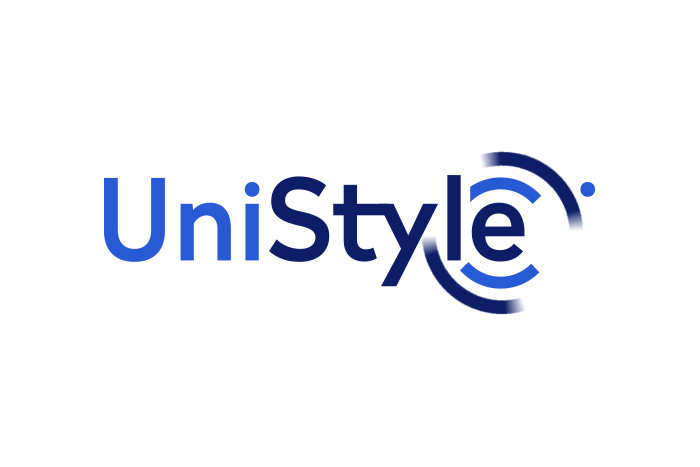
Differences between Qualified Electronic Signature and Qualified Electronic Seal
Qualified Electronic Signature
vs
Qualified Electronic Seal this article is written by artificial intelligence
Qualified electronic signatures and qualified electronic seals are two different tools used to ensure the security and authenticity of electronic documents. Here are the main differences between them:
Qualified Electronic Signature: It is the electronic equivalent of a handwritten signature. A qualified electronic signature is based on a qualified certificate issued by trusted certification authorities. The key features of a qualified electronic signature are:
- Individuality: It is linked to the person creating it, which means it can be used to identify a specific signer.
- Authenticity: It provides assurance that the document has not been altered after being signed.
- Integrity: It guarantees that the document has not been forged or tampered with.
- Non-repudiation: It prevents the signer from denying the authenticity of their signature.
Qualified Electronic Seal: It is the electronic equivalent of a traditional company seal. Similar to a qualified electronic signature, a qualified electronic seal is based on a qualified certificate issued by trusted certification authorities. The key features of a qualified electronic seal are:
- Organizational nature: It is associated with a specific organization or entity rather than an individual.
- Authenticity: It provides assurance that the document has been signed by the designated organization.
- Integrity: It guarantees that the document has not been forged or tampered with after being sealed.
- Non-repudiation: It prevents the organization from denying the authenticity of its seal.
Potential developments for these products include:
- Integration of more advanced technologies, such as blockchain, to provide an even higher level of security and immutability for electronic signatures and seals.
- Expansion of the scope of applications, allowing qualified electronic signatures and seals to be used in a wider range of industries, including e-commerce, healthcare, banking, and public administration.
- Improvement of user interfaces and streamlining the process of creating qualified electronic signatures or seals to make them more accessible and user-friendly.
The scope of utilization for these products in business and public life can be diverse:
- Business: Qualified electronic signatures can be used for signing contracts, commercial agreements, financial documents, and other important business records. Qualified electronic seals can be applied to official documents such as invoices, agreements, or financial reports.
- Public Life: Qualified electronic signatures can be utilized in public administration for signing electronic forms, document applications, or tax declarations. Qualified electronic seals can be employed by public institutions for sealing official documents, including certificates or administrative decisions.
In both cases, whether it’s a qualified electronic signature or a qualified electronic seal, the aim is to enhance the security, authenticity, and integrity of electronic documents, expedite administrative processes, and eliminate the need for paper-based documentation.


